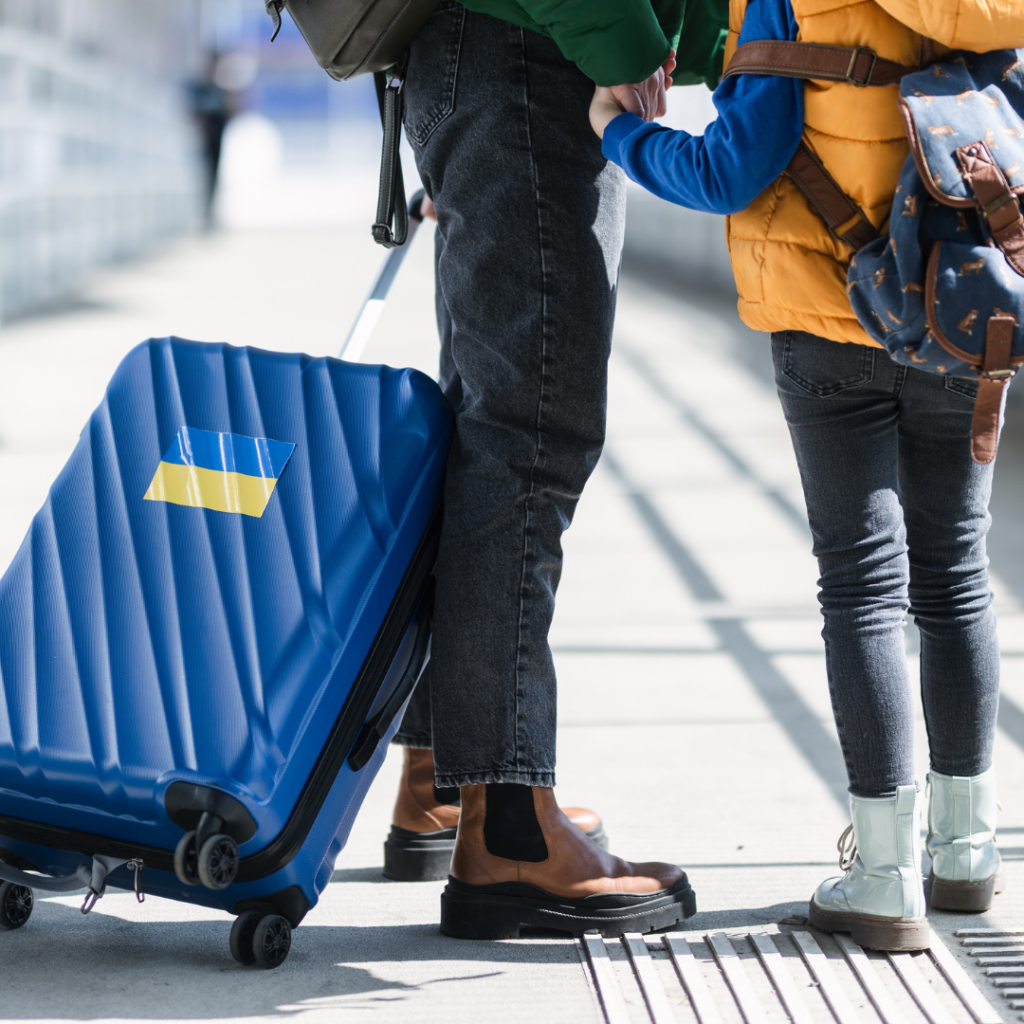We are often asked, “Why do migrants choose to leave their home countries instead of staying to address the challenges they face?”
In some cases, the risks of staying are simply too great. Consider what it would be like to leave everything you’ve ever known, not because you wanted to, but because you felt you had no other choice in order to survive. For the vast majority of immigrants, leaving their homes and communities is a difficult decision full of grief.
Osmar came to the United States as a young boy to escape gang violence and persecution in his small town in Honduras. Osmar and his siblings faced unspeakable abuse before a relative was able to bring Osmar with her to the United States.
Jerome and his family were forced to flee their home in the Democratic Republic of the Congo in 1996 when a brutal, bloody war broke out that made living there too dangerous. For the next 19 years, they lived in one Tanzanian refugee camp after another. It wasn’t until 2015, that Jerome and his family were given the opportunity to resettle in the U.S.
Husna has been living in the U.S. since her harrowing escape from Afghanistan almost two years ago. Her brother, an Afghan military drone pilot, was flagged as a threat to the Taliban putting their entire family at risk. Husna and her family had already suffered the death of one brother to the Taliban and knew they would need to leave Afghanistan or they too would be killed.
So, should people just stay in their home country? For many, this isn’t an option. Like Osmar, Jerome, and Husna, they could be fleeing life-and-death situations. They may be facing persecution, being exploited, or simply unable to put food on their tables. They may be experiencing pressure to participate in criminal activities, but are unwilling to do so. Most immigrants who leave home do so out of love, to provide a better life for themselves or for their families. Leaving behind family, community, language, and culture is a massive undertaking that so many wish they could have avoided.
Thankfully, Osmar, Jerome, and Husna were able to take refuge in the United States legally. Unfortunately, many migrants hoping to find work, safety, or family reunification in the U.S. do not fit into any of the categories allowed for in our current immigration policy and therefore have no pathway to gain Lawful Permanent Residency.
How can someone legally and permanently move to the United States?
Currently, there are only four primary ways that a person can gain Lawful Permanent Residency in the United States. (You might also hear this referred to as “getting a green card.”) An easy way to think about these avenues is blood, sweat, tears, and luck. This infographic helps represent these pathways.
- BLOOD (family-based): Immigrants with a close family member who is a U.S. citizen or Lawful Permanent Resident can apply. Currently, this process can take more than 20 years.
- SWEAT (employment-based): Some employers can sponsor immigrants. To qualify, you almost always need an advanced degree or an extraordinary ability that allows an employer to legally sponsor you. Employers usually need to demonstrate that a U.S. citizen is not available to do this job. In total, there are usually around 144,000 work visas each year for noncitizens wanting to live here permanently. (There are some additional temporary visas available for agricultural guest workers, but those only account for about 10% of agricultural workers and don’t apply to year-round sectors like dairy farms. Those also don’t include a pathway to citizenship.)
- TEARS (refugees or asylees): A small percentage of those coming to the U.S. have proven that they fled persecution because of race, religion, national origin, political opinion, or membership in a particular social group. Those fleeing poverty, natural disasters, or environmental degradation are not eligible for refugee or asylee status. The President sets a yearly cap for how many refugees can be resettled each year.
- LUCK (the Diversity Visa Lottery): This lottery randomly selects applicants from “under-represented” countries, who do not have as many nationals living in the U.S. Individuals from “over-represented” countries like Mexico, the Philippines, South Korea, and China are not eligible to apply. Each year, 50,000 visas are granted through this program. (In 2021, there were 11.8 million lottery entries.)
Lawful Permanent Residency always entails strict vetting, no matter which pathway someone enters through.
These four main permanent immigration avenues haven’t been updated to meet the needs of the U.S. economy, global diplomacy, national security, or humanitarian realities in decades, excluding and limiting some of the most vulnerable.
While those limits might suggest people “should just stay in their own country,” this response doesn’t allow for the complexity of situations that many individuals and families are facing in their home countries.
As Women of Welcome, let’s choose compassion, even when we don’t fully understand why someone would choose to leave their home country. Let’s also use our voices and advocate for immigration reform. We believe there should be fewer bureaucratic hurdles to come to the U.S. legally (which includes those who are seeking asylum in the U.S.). We can be a safe country and a compassionate country!

 This resource answers the most common questions Christians have about immigration and equips you to engage conversations with biblical clarity, truth, and grace.
This resource answers the most common questions Christians have about immigration and equips you to engage conversations with biblical clarity, truth, and grace.